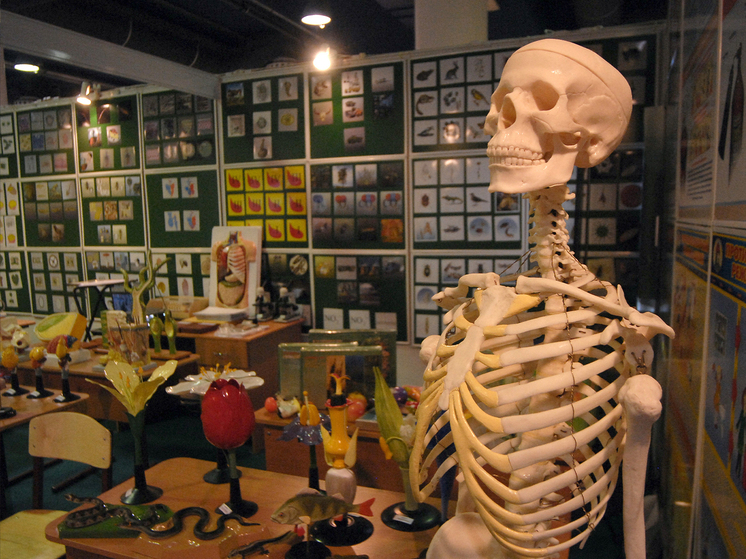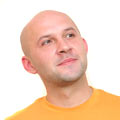Kunstkamera scientist Shirobokoff developed a new method for determining the age of a skeleton owner

New technique allows determining the age of human remains by cranial sutures
A new method for determining the age of death based on a skeleton has been developed by a scientist from the Peter the Great Museum of Anthropology and Ethnography of the Russian Academy of Sciences (Kunstkamera). Its development can help both archaeologists and forensic experts.

test banner under the title image
As Ivan Shirobok, a scientist and senior researcher at the museum, told MK, the conclusions are made by a computer program. It is based on an analysis of the degree of fusion of the bones of the deceased's skull. The program has been loaded with data on more than a thousand skulls of adults of several age categories. The fact is that cranial sutures can grow together until old age. That is, the older a person was at the time of death, the greater the likelihood that the sutures between the bones of the cranial vault have mostly grown together.
Meanwhile, sutures heal differently in different people, so it is quite difficult to judge the age of a found skull based on this data alone, and both archaeologists and forensic scientists allow for an error (plus or minus 10 or 15 years) in their assessments. Experts usually estimate the age of a skeleton based on their own experience. They often manage to get correct estimates, but the probability of error is also quite high. At the same time, today experts are somewhat skeptical about computer programs, relying more on their own experience.
According to the researcher from the Kunstkamera, new methods of age estimation by bones have been appearing in recent years, and it was decided to test their effectiveness. The creation of a new method was not initially included in the research plans, but it was the one that showed the best results. According to it, age determination begins with a visual assessment of the skull. It is necessary in order to approximately determine the age. Then the data on the estimated age, as well as data on the fusion of cranial sutures, are loaded into a computer program. It more accurately determines the age of the deceased. Shirobokov tested his method on a large (more than a hundred) collection of skulls from the Kunstkamera. It contains both the skulls of residents of the city on the Neva from the early 20th century, and a number of skulls of Hungarians, as well as Penza peasants who lived in the 1930s. The age of the deceased was determined with a significantly smaller number of errors both in comparison with classical methods and some modern approaches based on the use of neural networks.
mk.ru





